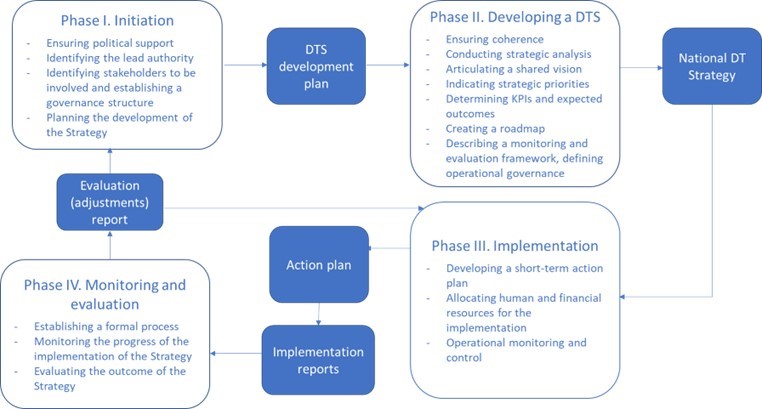Anúncios
Have you ever found yourself lost in the pages of a travel story, feeling as though you were right there alongside the storyteller, experiencing every sight, sound, and emotion? That’s the magic of a well-crafted travel narrative.
But what makes these stories so captivating? What elements draw you in and make you feel like you’re part of the adventure? We’ll uncover the four key elements that transform a simple recount of events into a mesmerizing travel narrative.
Anúncios
You’ll discover how these elements work together to create a vivid tapestry that not only captures the essence of a journey but also ignites your imagination and stirs your wanderlust. As we delve deeper, you’ll begin to see how you can apply these elements to your travel tales, making them unforgettable for your readers. So, are you ready to unlock the secrets of storytelling and elevate your travel narratives? Let’s dive in and explore the art of captivating your audience.

Credit: education.nationalgeographic.org
Anúncios
Setting The Scene
Setting the scene is a crucial part of any travel narrative. It paints the backdrop against which the story unfolds. This element helps readers visualize and immerse themselves in the journey. A well-crafted scene not only describes places but evokes emotions. It breathes life into the narrative, making it memorable and engaging.
Captivating Locations
The heart of any travel story lies in its locations. Describing captivating locations invites readers to embark on a mental journey. These places should be more than just names on a map. They should stir curiosity and wonder. Use vivid descriptions to paint a picture. Let readers see the colors, hear the sounds, and feel the air. This sensory detail creates a connection with the place. It turns a simple location into a living character in the story.
Historical And Cultural Context
Every location has a past and a culture. Sharing this context enriches the narrative. It provides depth and understanding. Historical and cultural elements add layers to the scene. They explain why a place looks, feels, and functions as it does. This context can reveal unique traditions and stories. It helps readers appreciate the locale’s significance. Understanding the past gives meaning to the present. It brings the scene to life with authenticity.

Credit: www.interaction-design.org
Character Development
Character development is the heart of a travel narrative. It breathes life into the story. It makes readers connect with the journey on a personal level. Through well-crafted characters, the narrative becomes relatable. Readers get a glimpse of the emotions and transformations experienced. Let’s explore the elements that enrich character development in travel stories.
Traveler’s Persona
The traveler is the central figure in the narrative. Their persona shapes the journey’s tone. A well-defined persona draws readers into the story. It helps them relate to the traveler’s experiences. Details about the traveler’s background, passions, and fears create depth. These elements make the traveler real and engaging. Readers then follow the traveler’s journey with genuine interest.
Local Interactions
Interactions with locals add richness to the narrative. These encounters reveal the traveler’s adaptability and openness. They showcase cultural exchanges and personal growth. Conversations with locals offer insights into the community. They enhance the narrative’s authenticity. Through these interactions, readers witness the traveler’s transformation. The journey becomes a shared experience between the traveler and the locals.
Plot Progression
Plot progression forms the backbone of any compelling travel narrative. It guides the reader through the journey, ensuring every twist and turn captivates. Each travel tale unfolds with a unique blend of anticipation and discovery.
Journey And Challenges
The journey is the heart of the story. It involves moving from one place to another. This movement brings challenges that test the traveler. Each challenge adds depth to the narrative. It may involve physical obstacles or internal struggles. These hurdles keep the reader engaged and curious.
Moments Of Transformation
Transformation moments are key to plot progression. They mark changes in the traveler or their perspective. These shifts often occur after overcoming challenges. They provide insights or new understanding. Such moments resonate with readers, offering them a sense of growth. They highlight the traveler’s evolution, making the story meaningful.

Credit: digitalregulation.org
Emotional Resonance
Emotional resonance is the heartbeat of any travel narrative. It’s the magic that transforms a mere recounting of events into a story that tugs at the heartstrings. This element connects the reader with the journey on a deeper level. It helps them experience the emotions and sensations felt by the traveler. The joy, the awe, the sorrow, and the excitement become palpable. These emotions create a bond between the storyteller and the audience. They invite the reader to embark on a shared voyage of feelings and memories.
Sense Of Discovery
The sense of discovery is a key part of emotional resonance. Traveling unveils new experiences, cultures, and perspectives. Each new place offers surprises and delights. These discoveries spark curiosity and wonder in the traveler. They ignite emotions that resonate with readers seeking adventure. Describing the unexpected, the hidden gems, and the unique encounters breathes life into the narrative. It makes the reader feel as if they are discovering the world alongside the storyteller.
Reflective Insights
Reflective insights deepen the emotional connection in a travel narrative. Through reflection, travelers share how their journeys have changed them. They reveal lessons learned and perspectives gained. This introspection adds layers to the narrative, inviting readers to ponder their own journeys. It encourages them to reflect on how travel shapes their understanding of the world. Sharing these insights allows the audience to engage with the narrative on a personal level. It fosters empathy and introspection, creating a meaningful connection.
Conclusion
Crafting a travel narrative involves four key elements. First, setting the scene captures the reader’s imagination. Then, engaging characters bring the story to life. Next, a compelling plot keeps readers hooked. Finally, vivid descriptions paint a picture in their minds.
These elements together create an unforgettable travel story. Readers feel connected and inspired to explore more. A well-crafted narrative can transport them to new places. So, embrace these elements in your writing. Your stories will captivate and inspire, inviting others to join your journey.
Happy storytelling!





